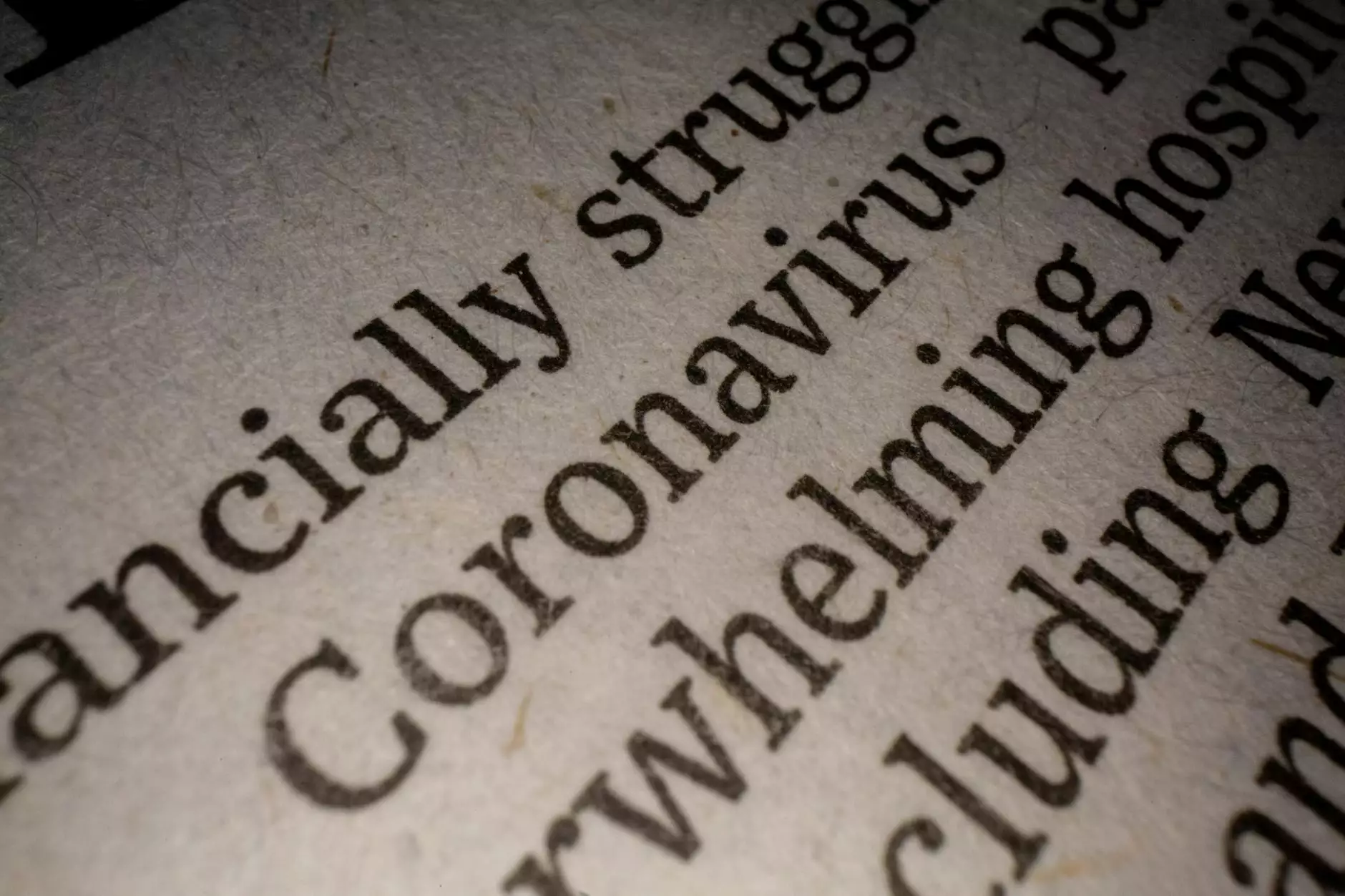Leg Swelling 101 | Learn About the Symptoms of Vein Diseases
Wayne Health
Introduction
Welcome to Bay Regional Medical Center's comprehensive guide on leg swelling and its connection to vein diseases. In this detailed resource, we will explore the various symptoms associated with leg swelling, alongside the potential causes and treatment options available. Our aim is to provide you with valuable insights and knowledge so that you can better understand your condition and seek appropriate medical assistance.
Understanding Leg Swelling
Leg swelling, medically known as edema, is a common condition that can occur due to various underlying factors. It is characterized by the accumulation of excess fluid in the tissues of the legs, resulting in noticeable swelling and discomfort. While occasional or mild leg swelling can be attributed to temporary causes such as prolonged sitting or standing, persistent or severe cases may suggest the presence of vein diseases.
Symptoms and Indicators
Leg swelling is often accompanied by a range of symptoms that can help differentiate it from benign causes. The following signs may indicate the presence of vein-related conditions:
- Persistent swelling that doesn't subside with elevation or rest
- Discoloration of the skin, including redness or darkening
- Pain or heaviness in the legs
- Bulging or twisted veins, commonly known as varicose veins
- Throbbing or cramping sensations
- Itching or dryness of the skin
Possible Causes
Leg swelling can be caused by several factors, many of which are related to vein diseases:
- Chronic Venous Insufficiency (CVI): This condition occurs when the valves in the veins become weakened or damaged, hindering the blood flow and leading to fluid accumulation.
- Deep Vein Thrombosis (DVT): A blood clot in the deep veins of the leg can cause swelling, pain, and other symptoms.
- Lymphedema: Blocked or damaged lymph nodes can result in fluid retention and subsequent leg swelling.
- Varicose Veins: Enlarged and twisted veins can hinder blood circulation, causing fluid buildup and swelling.
Treatment Options
When it comes to managing leg swelling caused by vein diseases, a variety of treatment options exist:
Conservative Measures
In mild cases, lifestyle modifications can alleviate symptoms and prevent further progression:
- Regular exercise and maintaining a healthy weight to improve blood circulation
- Elevating the legs whenever possible to reduce fluid accumulation
- Avoiding prolonged sitting or standing to prevent blood pooling
- Wearing compression stockings to support vein function
- Following a low-sodium diet to minimize fluid retention
Medical Interventions
In more severe or persistent cases, medical interventions may be necessary:
- Sclerotherapy: This procedure involves injecting a special solution into the affected veins, causing them to collapse and gradually fade away.
- Endovenous Laser Treatment (EVLT): Utilizing laser energy, EVLT targets and seals off diseased veins, redirecting blood flow through healthier vessels.
- Vein Ablation: Similar to EVLT, vein ablation uses radiofrequency or laser energy to close off problematic veins, alleviating leg swelling.
- Thrombolytic Therapy: In cases of deep vein thrombosis, medication can be administered to dissolve blood clots and improve circulation.
- Surgical Procedures: In rare instances, surgery may be recommended to remove or repair damaged veins, addressing the root cause of the leg swelling.
Conclusion
Leg swelling is a symptom that should not be overlooked, especially when it persists or is accompanied by other relevant indicators. Understanding the potential causes and available treatment options is crucial in managing and alleviating the symptoms associated with vein diseases. At Bay Regional Medical Center, we are committed to providing comprehensive information and expert care to help you regain your leg health and overall well-being. Consult with our team today to learn more about your condition and find the right treatment path.




